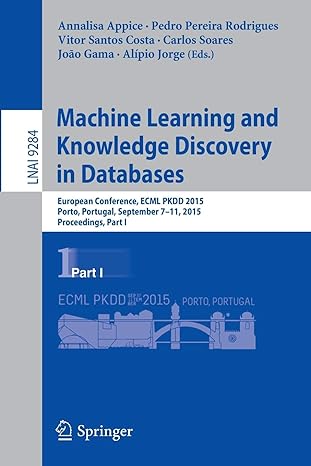Question
Try the server-client example below and explain what you observe. You have to start the server first ( why ? ). Modify the programs so
Try the server-client example below and explain what you observe. You have to start the server first ( why ? ). Modify the programs so that the server sits in a loop to accept string inputs from users and send them to the client, which then prints out the string.
Unrelated Process
Processes are said to be unrelated if the two processes are unknown to each other and no relationship exists between them. For example, instances of two different programs are unrelated processes. If such programs try to access a shared resource, a semaphore could be used to synchronize their access. The following example demonstrates this:
// server.cpp // g++ -o server server.cpp -lpthread -lrt #include |
// client.cpp // g++ -o client client.cpp -lpthread -lrt #include |
The above executables (client and server) demonstrate how semaphore could be used between completely different processes.
In addition to the applications shown above, semaphores can be used cooperatively to access a resource. Please note that a semaphore is not a Mutex. A Mutex allows serial access to a resource, whereas semaphores, in addition to allowing serial access, could also be used to access resources in parallel. For example, consider resource R being accessed by n number of users. When using a Mutex, we would need a Mutex "m" to lock and unlock the resource, thus allowing only one user at a time to use the resource R. In contrast, semaphores can allow n number of users to synchronously access the resource R.
Step by Step Solution
There are 3 Steps involved in it
Step: 1

Get Instant Access to Expert-Tailored Solutions
See step-by-step solutions with expert insights and AI powered tools for academic success
Step: 2

Step: 3

Ace Your Homework with AI
Get the answers you need in no time with our AI-driven, step-by-step assistance
Get Started


